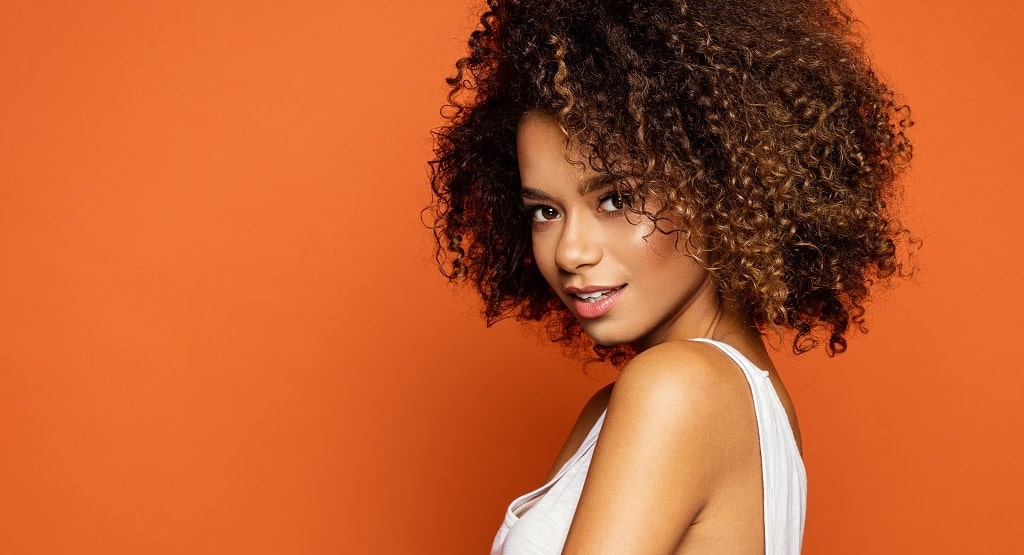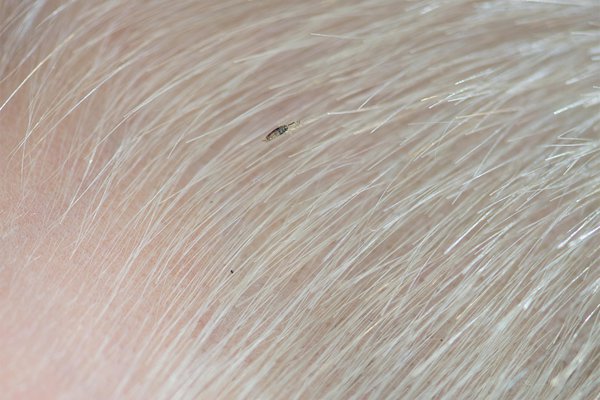Table Of Content

This is because having head lice is a global problem, not a racial one. You can tell the difference between fleas and lice because fleas have hind legs that jump, whereas head lice do not jump and do not have hind legs. Follow along with the videos and you'll be done with lice by the end of the day. The best way to get rid of lice is to tackle all 3 of these problems at the same time, which is what I teach in my step-by-step video system. Head lice on people with blonde hair continue to have a lighter color. Head lice are not dangerous and do not spread diseases, but they often make the person they are infesting uncomfortable.

Follow Our Clinic
Just make sure you don’t spread them to anyone else prior to them dying off. It’s our advice that extensions are discarded in lieu of treatment and then reusing them. In truth, an adult female can lay numerous eggs, and they can do that every day. When eggs mature, they pop out ready and even able to hatch, so more baby bugs show up. Although the risk of getting infected by lice that has fallen off the head is extremely unlikely, it is better to be safe.
How to Treat Psoriasis in Afro Hair
Combing out the lice and nits from the hair, and apply some lice treatment products. With proper treatment, lice can be eliminated from African American hair. Generally, it is true that African American people, both adults, and children, do have a lower incidence of head lice than other groups. As part of the grooming regimen, a variety of sheens, oils, and waxes are commonly used which is a challenge for lice claws. The products create a coating on the hair which makes it more difficult for a louse to grab onto a strand and maintain the grip needed to crawl up the hair strand to get to the scalp. In addition, there is evidence that the texture of black hair is another factor that contributes to the lower incidence of head lice.
The Best Way to Deal with Lice Infestation
An adult female louse will travel to a human’s scalp to lay her eggs and can lay about 8 eggs each day. Since lice crawl along a hair shaft and glue their eggs, this typically prevents Black people from developing lice because the lice have a hard time grasping their hooks onto the shaft. My studies indicate that ethnicity itself does not directly affect the likelihood of getting head lice. It’s primarily the difference in hair texture and grooming practices that may influence the chance of infestation. In my experience, addressing these points has a substantial impact on understanding the actual risks and effective preventive measures for head lice among different groups. Lastly, I am attentive to the early signs of head lice, such as itching and scratching.
Lice Ladies Reveal Their Itchy Little Secrets – Mother Jones - Mother Jones
Lice Ladies Reveal Their Itchy Little Secrets – Mother Jones.
Posted: Mon, 16 Nov 2015 08:00:00 GMT [source]
How to Remove Lice From Dreadlocks
Before the lice treatment, any hair extensions, hairpieces, or wigs should be removed. If they are not removed, treatment will most likely fail as they provide shelter for the live bugs to hide under during treatment. After the hair extensions have been removed, all of the live bugs must be killed or otherwise removed from the hair. Since no treatment, pesticide or natural, penetrates and kills the nymph inside the eggs that are laid, all eggs must be removed from the hair as well. We recommend the use of a professional-grade nit comb, such as the Terminator. To make the process faster and more comfortable, straightening the hair is highly recommended.
The added B5 vitamins nourish your scalp to hydrate your hair and combat itchiness, while the added argan oil is included to encourage hair growth, reduce flaking, and mitigate dandruff. It is best to repeat this treatment more than once for a few consecutive days to make sure that it is effective. If you notice any type of reaction to a product, stop using that product immediately and consult a medical professional before continuing treatment or tying out another treatment option. After letting the substance sit overnight, wash thoroughly with regular shampoo before combing again to remove what’s left of the nits and lice. Users expect these home remedies to suffocate the parasites, killing the existing nymphs and lice and not allowing the eggs to hatch.
Treatment for Lice Infestation
However, white people, who usually have straight hair types, have circular hair strands. Lice are tiny insects that feed on human blood and live close to the scalp. They are most commonly found in children between 3-11 years old and their caregivers, but anyone can get lice.
Prevalence Among Different Hair Types
The shape of the hair shaft for people with coily or tightly curled hair — traits commonly found in African American individuals — may contribute to this phenomenon. Additionally, the use of specific hair products and oils that lend themselves to a less hospitable environment for lice may play a role in their reduced prevalence in African American hair. Head lice are a common issue that can affect anyone, regardless of age or hygiene. These tiny parasites feed on human blood and are notorious for causing discomfort and itching. Let’s examine the biology, symptoms, and transmission of head lice. Treatment of head lice on African Americans with locs is a bit more tricky.
Can Black People Get Lice in Their Hair? Symptoms, Treatment, and Prevention
Contrary to popular belief, lice do not discriminate based on race, gender, or socioeconomic status. Lice can spread in any community, regardless of race or ethnicity, if there is close contact or sharing personal items like hats, combs, or brushes. Schools and childcare settings are familiar places for spreading lice, so everyone must practice preventive measures. Head lice are tiny, parasitic insects that cling to hair follicles and feed on human blood from your scalp. Head lice don’t spread disease, but they can cause unpleasant scalp itching and irritation.
Treating lice: A wintertime threat - Oklahoma State University
Treating lice: A wintertime threat.
Posted: Tue, 15 Jan 2019 08:00:00 GMT [source]
Head lice feed on human blood several times a day and live close to the human scalp. Henry says these symptoms should look no different in curly hair types, so if you or your child feel itching or burning, you may want to check for lice. Lice and their eggs are easiest to spot along the nape of the neck and on your ears. While infestations with head lice are less common in African Americans than in other races, the CDC confirms that they can still occur. Because of the prevalent use of sheens, oils, and creams by the African American community, the chance to get head lice is lower. "You would definitely want to combine this with other methods, and you should also be careful as some OTC and prescription lice treatments are flammable," warns Dr. Ingleton.
Black people often use products like oils and creams to help protect our delicate hair and manage our curls and kinks. Another common theory is that these products play a role in making Black hair a rather inhospitable place for lice. "They could perhaps make it more difficult for the nits [empty lice egg cases] to adhere to the hair shaft," says Dr. King.

No comments:
Post a Comment